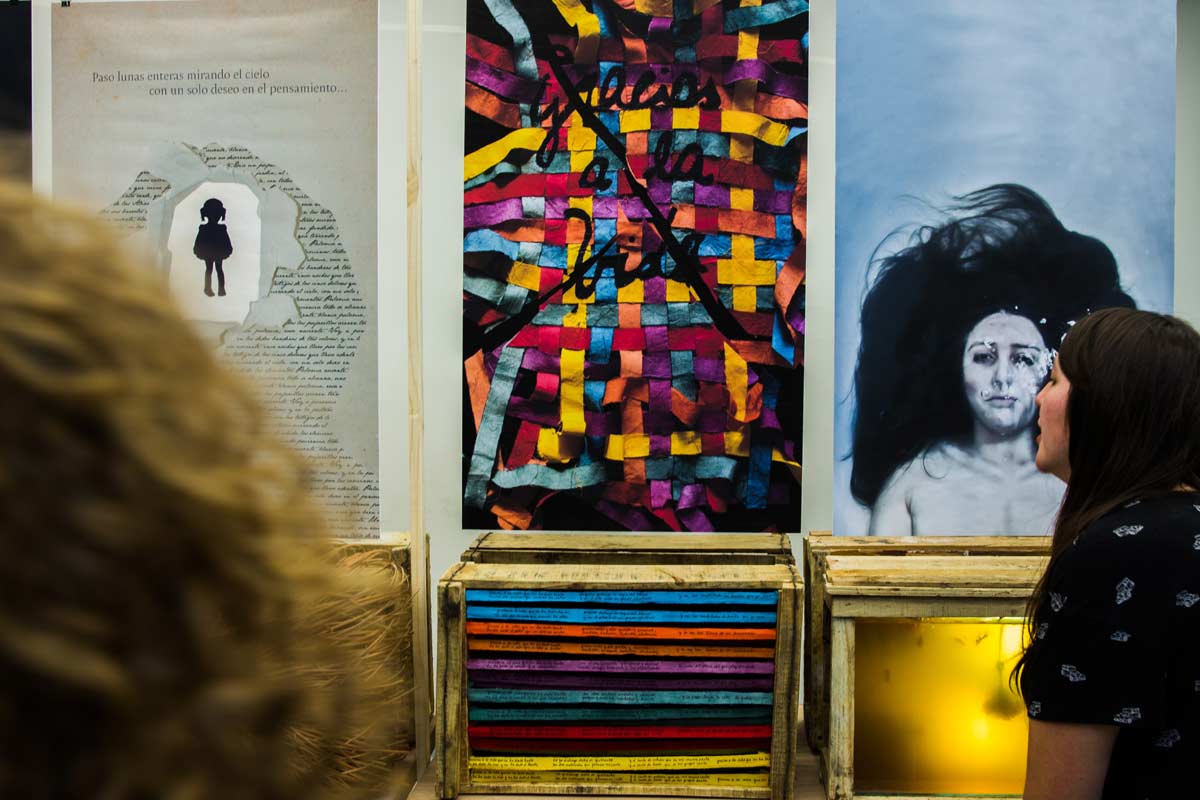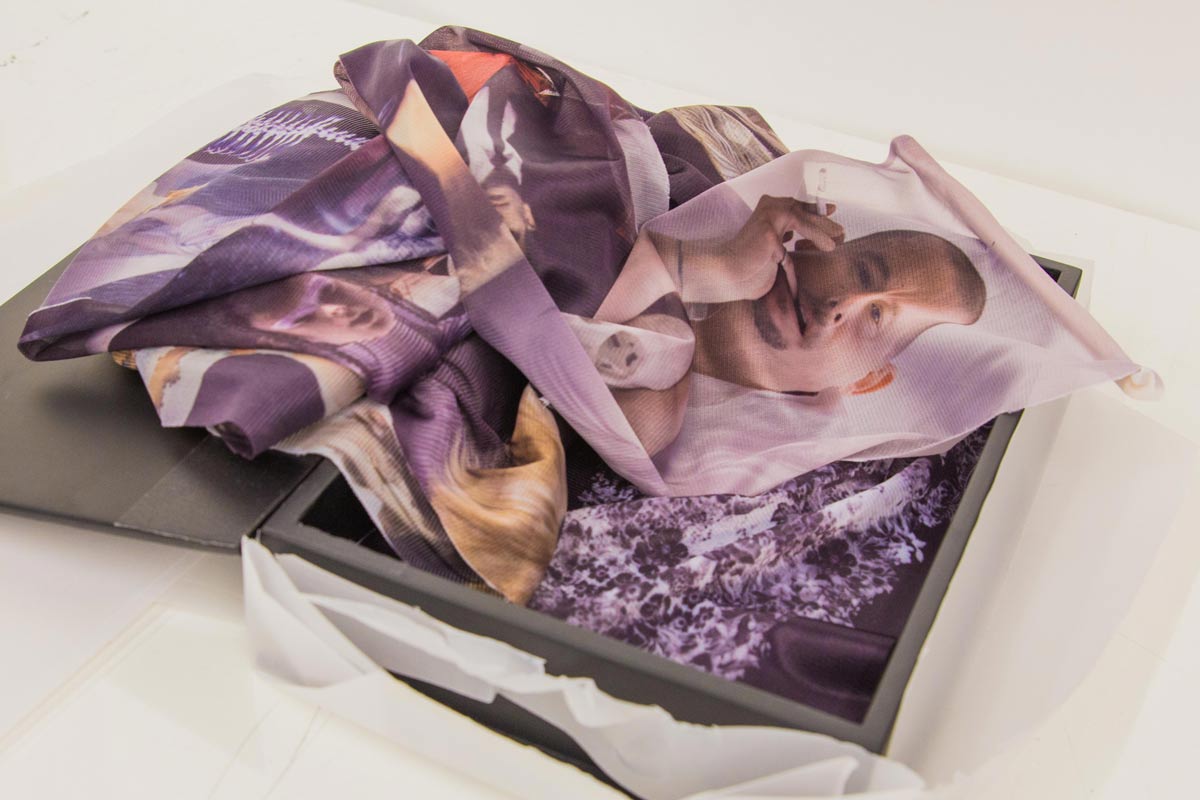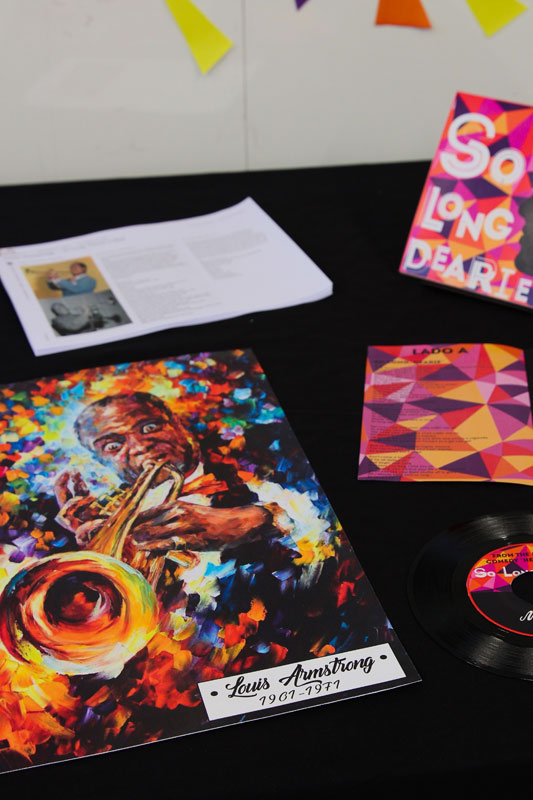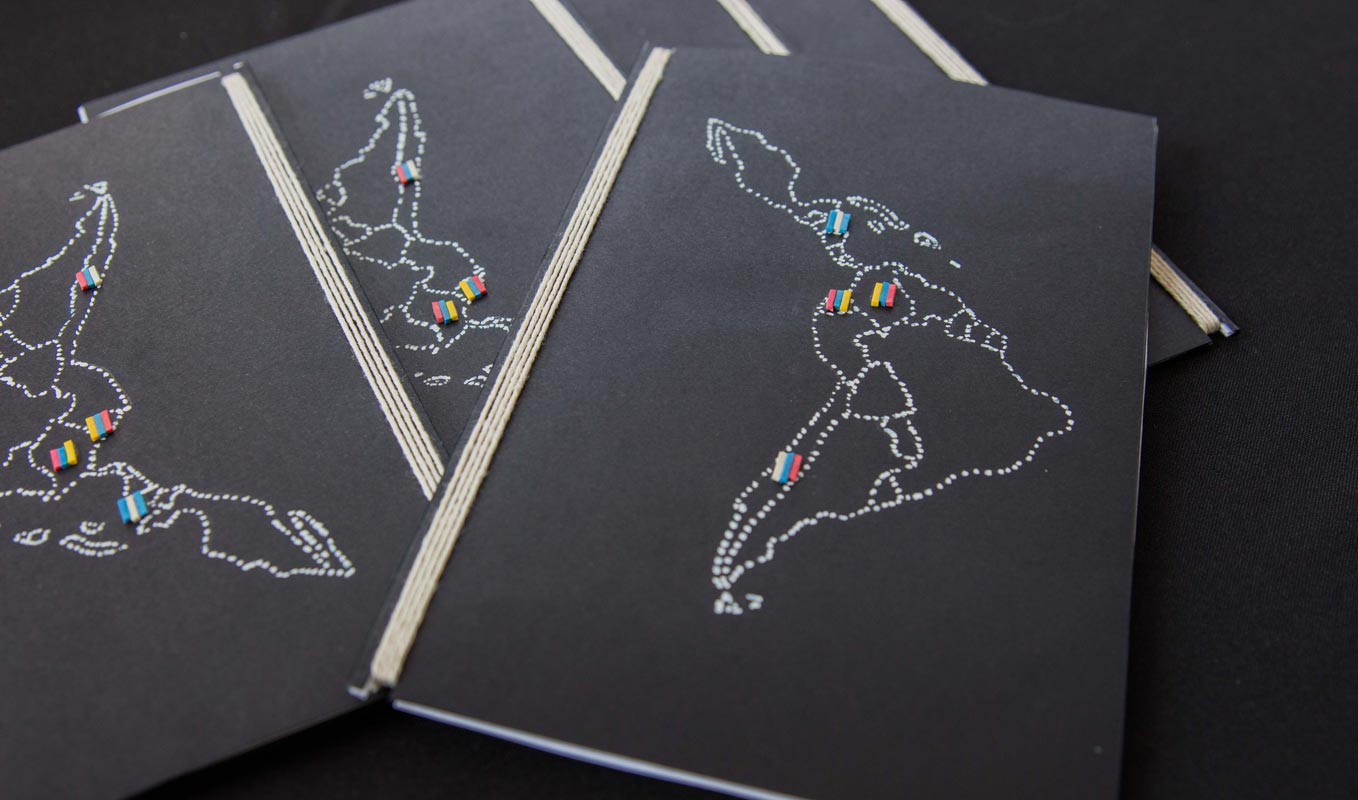




Graphic Design
Creativity and versatility for developing individual skills in service of innovation: Graphic Design at the Creative Campus.
Degree
Bachelor's Degree in Design
(8 semesters)
Professional Degree
Graphic Designer
(8 semesters)
Duration
Four years
Campuses
Santiago
We are committed to contributing to society by training passionate professionals with a critical spirit capable of providing solutions to make real contributions to their environment in a creative and binding way.
- Program Description
- Why study this career at the Creative Campus
- Characteristics of the Creative Campus Graphic Designer
- Occupational Field
- Graduate Profile
- Career plan (Decree)
Studying Graphic Design at the UNAB Creative Campus comprises three main disciplinary pillars:
- Formulate analytical and critical points of view based on the reflection of visual culture to explore the disciplinary field and the foundations for creating and designing visual communication projects, products, and services.
- Experiment with processes, media, and techniques for the mastery and construction of a relevant visual language that responds to the standards of the discipline, industry, and community needs.
- Apply analog and digital technologies to produce visual communication processes and projects.
- Studying Graphic Design at the UNAB Creative Campus allows you to access an interdisciplinary university experience, combining a campus prepared for your academic development with a stimulating urban environment and a student body highly motivated to develop creatively.
- The Creative Campus stimulates and fosters the training of autonomous, analytical, and flexible professionals capable of forming interdisciplinary work teams, as well as the development of communication skills, critical thinking, information technologies, social responsibility, and learning English.
- Creative Campus Graphic Design graduates can address societal challenges by understanding the creative disciplines. This will enable them to form interdisciplinary work teams and identify their potential
to face society’s challenges, and perform professionally in these fields. - To realize this potential, they will be equipped with management and entrepreneurial tools and an understanding of the national and international context.
Graduates of the Graphic Design program at Universidad Andrés Bello will be able to work in very diverse work environments, autonomously or in teams, developing projects with varying scopes and complexity, from self-management to working in different public and private organizations, such as offices, studios, and design agencies, advertising, communications, and institutions.
Graduates of the Graphic Design program at Universidad Andrés Bello are professionals with the ability to develop and design visual communication projects that respond to the needs of the industry and the community. They use creative disciplines as a tool to manage knowledge at a local and global level, developing proposals and projects from an interdisciplinary perspective.
Design graduates demonstrate the ability to integrate theoretical, methodological, and practical knowledge in the disciplines of their area of performance, utilizing analog and digital technologies and designing solutions according to the standards of the design culture.
The curriculum of the Graphic Design program at Universidad Andrés Bello organizes its Learning Outcomes in the following Action Areas:
I. Field of Action: Interdisciplinary Culture Projects
- RdA 1.- Integrate and synthesize the main phenomena, discussions, conflicts, and changes that determine today’s contemporary cultural reflection in different fields of knowledge.
- RdA2.- Use management tools to evaluate the generation of sustainable, innovative proposals in developing projects and enterprises.
- RdA 3.- Create procedures and products through conceptual and technical resources to work in and integrate disciplinary and interdisciplinary contexts.
- RdA 4.- Design projects based on interdisciplinary issues that contribute to responding to complex phenomena in specific contexts.
II. Field of Action: Visual Communication Projects
- RdA1.- Formulate analytical and critical points of view based on the reflection of visual culture to explore the disciplinary field and the foundations for creating and designing visual communication projects, products, and services.
- RdA2.- Experiment with processes, media, and techniques for the mastery and construction of a relevant visual language that responds to the standards of the discipline, industry, and community needs.
- RdA3.- Apply analog and digital technologies to produce visual communication processes and projects.
III. Scope of action: General Education and English
- RdA 1: Develop critical thinking through argumentation, using oral and written language appropriate to the academic and professional environment, and using a method based on criteria, facts, and evidence.
- RdA 2: Relate academic training to the local environment from the principle of social responsibility, considering the ethical dimension of daily practices and everyday speech in professional practice.
- RdA 3: Develop research projects with their respective ethical considerations, according to quantitative and qualitative methodological approaches recognized by their disciplinary area, effectively utilizing information technologies.
- Rd A4: Develop communication skills in English to function in daily, work, and academic contexts.
Learn about the curriculum of the Graphic Design program of the School of Design of the School Architecture, Arts, Design, and Communications.
Download the decree here






